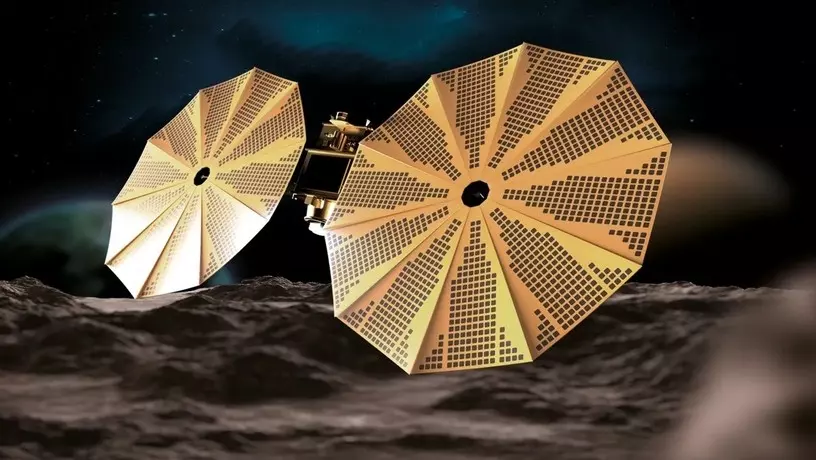
UAE to launch probe to asteroid belt in 2028
The United Arab Emirates Space Agency has announced new details of an upcoming mission to explore the asteroid belt of seven asteroids between the orbits of Mars and Jupiter, called Emirates Mission to the Asteroid Belt (EMA).
The space probe is scheduled to launch as early as 2028: the vehicle will make high-speed flybys past six asteroids before sending a landing module to the seventh, asteroid 269 Justicia in 2034.
The mission could shed light on the processes of early solar system formation. The new spacewalk will last 13 years: of which six years are set aside for preparation and seven years for the journey itself.
The EMA probe will be equipped with four instruments: a narrow-angle visible camera, a mid-wavelength infrared spectrometer, a thermal infrared spectrometer and a thermal infrared camera.
The spacecraft will use science equipment that will determine the geological history and volatile matter content of several main belt asteroids, as well as examine the internal structure of the rendezvous target.
In addition, the equipment will be able to determine temperatures and thermophysical properties on several asteroids to assess their surface evolution and compositional history, and collect remote sensing of the asteroids.
In this way, EMA will help prepare the ground for the future utilisation of asteroid resources. The spacecraft will be propelled by two engines – a chemical hydrazine engine and an electric xenon Hall-effect engine* – to cover a distance of 5 billion kilometres.
A Hall effect engine is a type of electrostatic rocket engine that utilises the Hall effect (provides a closed drift of electrons). With equal size with another type of electrostatic rocket engine – ionic, the Hall engine has greater thrust. The engines have been used on spacecraft since 1972.
Source: Space.Com








